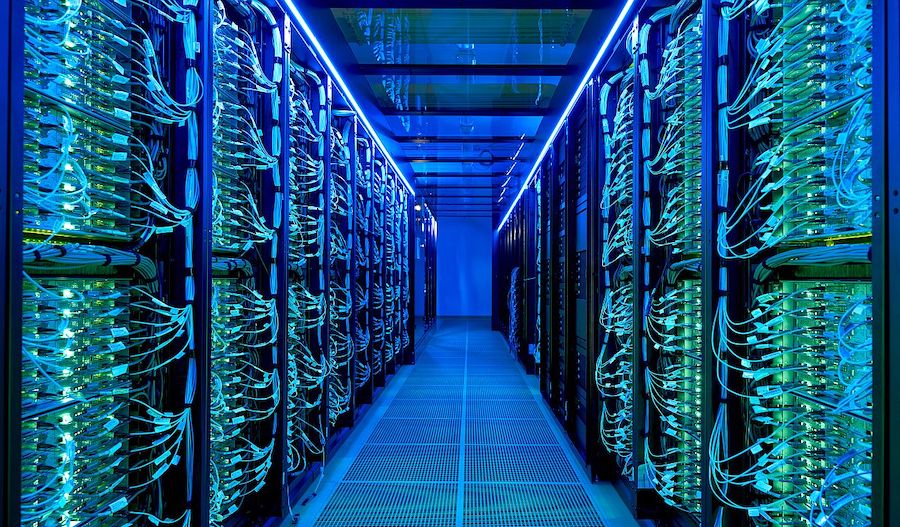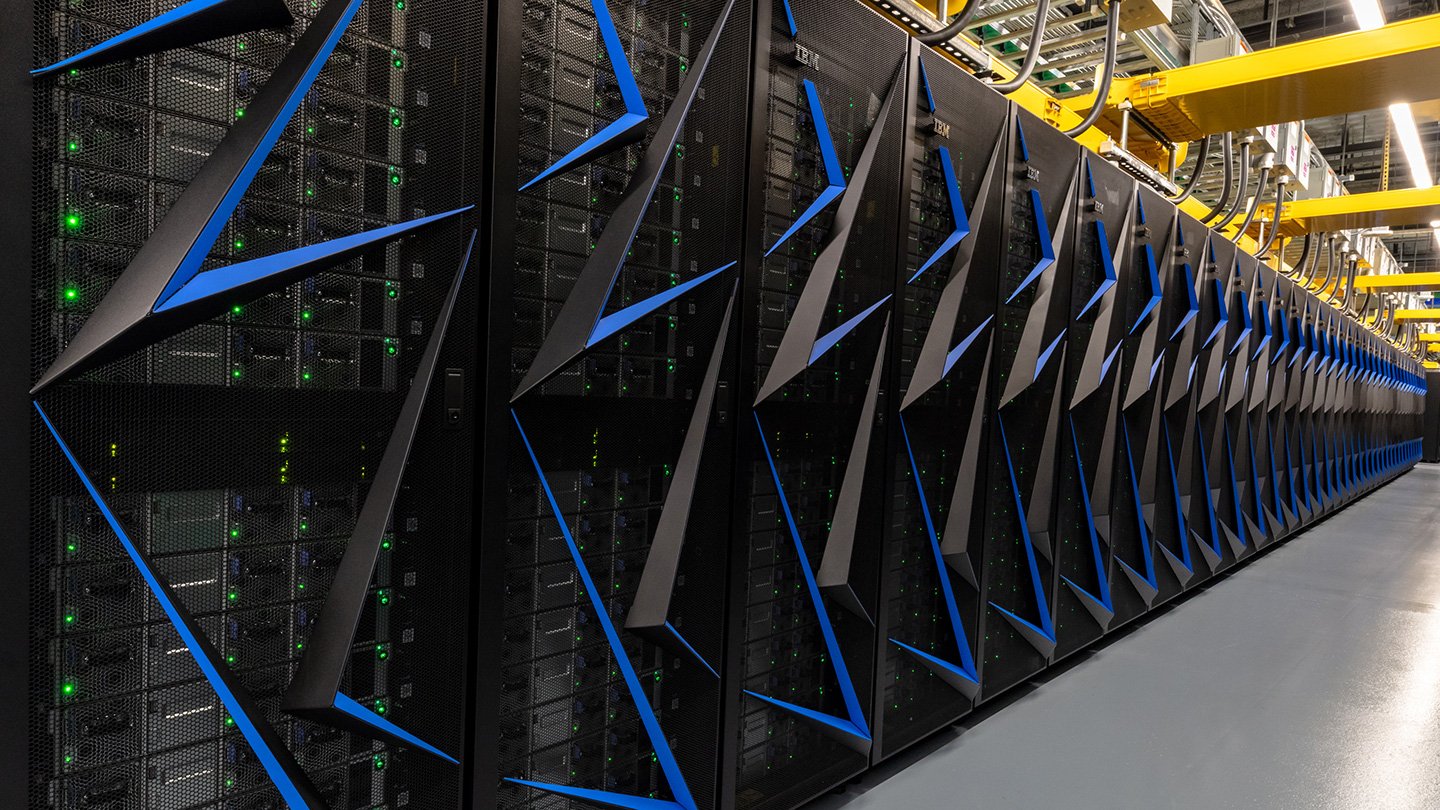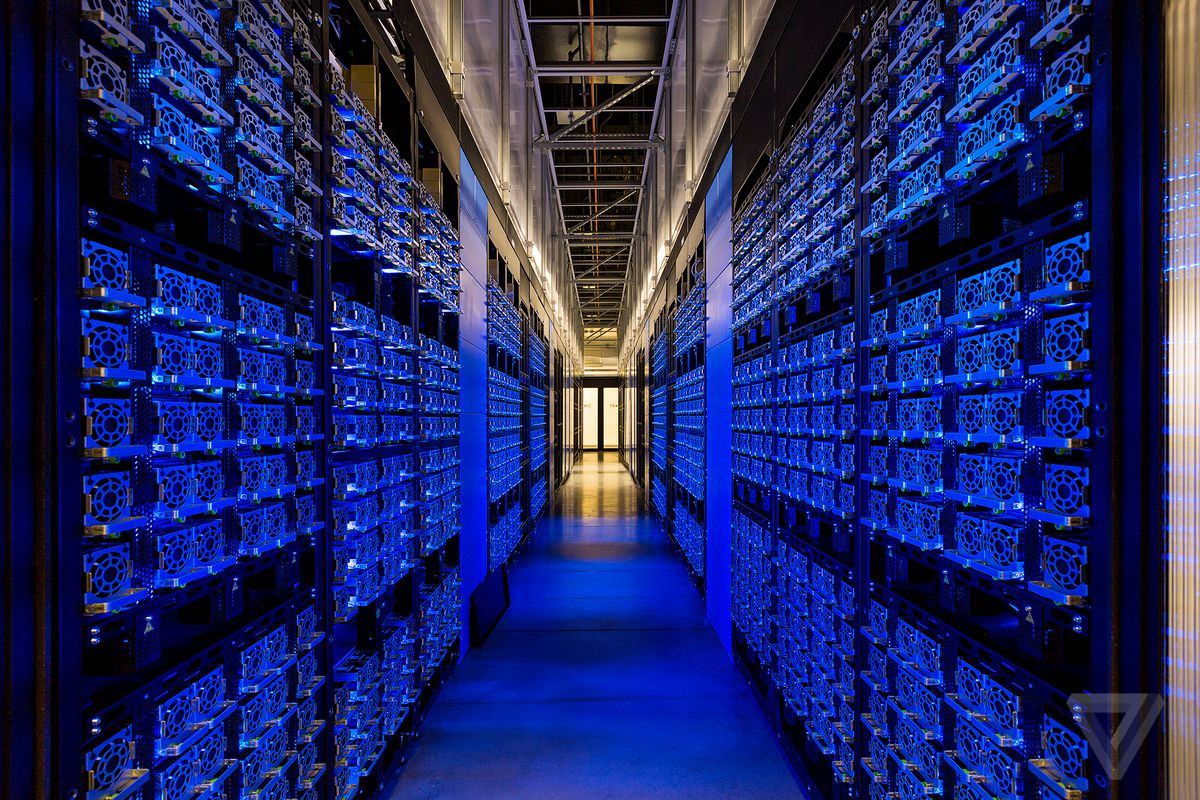Supercomputer: Definition
Supercomputing efficiently solves extremely complex or data-intensive problems by concentrating the processing power of multiple, parallel computers.
What is a Supercomputer?
A supercomputer is the fastest computer in the world that can process a significant amount of data very quickly. The computing performance of a “supercomputer” is measured as very high as compared to a general-purpose computer. The computing performance of a supercomputer is measured in FLOPS (that is floating-point operations per second) instead of MIPS. The supercomputer consists of tens of thousands of processors that can perform billions and trillions of calculations per second, or you can say that supercomputers can deliver up to nearly a hundred quadrillions of FLOPS.
They have evolved from the grid to cluster systems of massively parallel computing. Cluster system computing means that a machine uses multiple processors in one system instead of arrays of separate computers in a network.
These computers are most massive in size. A most powerful supercomputer can occupy a few feet to hundreds of feet. The supercomputer price is very high, and they can vary from 2 lakh dollars to over 100 million dollars.

How does it work?
Supercomputer architectures are made up of multiple central processing units (CPUs). These CPUs have groups composed of compute nodes and memory. Supercomputers can contain thousands of nodes that use parallel processing to communicate with one another to solve problems.
The largest, most powerful supercomputers are multiple parallel computers that perform parallel processing. There are two parallel processing approaches symmetric multiprocessing and massively parallel processing. In some cases, supercomputers are distributed, meaning they draw power from many individual PCs in different locations instead of housing all the CPUs in one location.
Supercomputer processing speed is measured in quadrillion floating point operations per second, also known as petaflops or PFLOPS.
How fast is supercomputing?
Supercomputing is measured in floating-point operations per second (FLOPS). Petaflops are a measure of a computer’s processing speed equal to a thousand trillion flops. And a 1-petaflop computer system can perform one quadrillion (1015) flops. From a different perspective, supercomputers can have one million times more processing power than the fastest laptops.
Why does a Supercomputer use parallel processing?
Most of us do quite trivial, everyday things with our computers that don’t tax them in any way: looking at web pages, sending emails, and writing documents use very little of the processing power in a typical PC. But if you try to do something more complex, like changing the colors on a very large digital photograph, you’ll know that your computer does, occasionally, have to work hard to do things: it can take a minute or so to do complex operations on very large digital photos. If you play computer games, you’ll be aware that you need a computer with a fast processor chip and quite a lot of “working memory” (RAM), or things slow down. Add a faster processor or double the memory and your computer will speed up dramatically – but there’s still a limit to how fast it will go: one processor can generally only do one thing at a time.
Now suppose you’re a scientist charged with forecasting the weather, testing a new cancer drug, or modeling how the climate might be in 2050. Problems like that push even the world’s best computers to the limit. Just like you can upgrade a desktop PC with a better processor and more memory, so you can do the same with a world-class computer. But there’s still a limit to how fast a processor will work and there’s only so much difference more memory will make. The best way to make a difference is to use parallel processing: add more processors, split your problem into chunks, and get each processor working on a separate chunk of your problem in parallel.

Features
- At one-time supercomputers can be used by more than one person.
- Supercomputers are more costly than ordinary computers.
- A supercomputer is used to calculate complex calculations in a very short time which is not done with the help of a simple computer.
- Supercomputers have more than one processor and for processing, parallel processing is used. So their processing speed is very high.
- A supercomputer is enormous and uses maximum electricity. They were installed in an air-conditioned room to maintain their cooling.
- A supercomputer can be used in scientific institutions, research institutions, development firms, and medical institutions for complex data or research. This can not be possible with a simple computer.
Uses of Supercomputer
- Supercomputers are not used for everyday tasks because of their superiority.
- Supercomputer handles those applications, which require real-time processing. The uses are as follows:
– They’re used for scientific simulations and research such as weather forecasting, meteorology, nuclear energy research, physics, and chemistry, as well as for extremely complex animated graphics. They are also used to interpret new diseases and predict illness behavior and treatment.
– The military uses supercomputers for testing new aircraft, tanks, and weapons. They also use them to understand the effect on soldiers and wars. These machines are also used for encrypting the data.
– Scientists use them to test the impact of nuclear weapon detonation.
– Hollywood uses supercomputers for the creation of animations.
– In entertainment, supercomputers are used for online gaming.
- Supercomputers help in stabilizing the game’s performance when a lot of users are playing the game.

The future of supercomputers
The supercomputer and high-performance computing (HPC) market is growing as more vendors like Amazon Web Services, Microsoft, and Nvidia develop their own supercomputers. HPC is becoming more important as AI capabilities gain traction in all industries from predictive medicine to manufacturing. Hyperion Research predicted in 2020 that the supercomputer market will be worth $46 billion by 2024.
The current focus in the supercomputer market is the race toward exascale processing capabilities. Exascale computing could bring about new possibilities that transcend those of even the most modern supercomputers. Exascale supercomputers are expected to be able to generate an accurate model of the human brain, including neurons and synapses. This would have a huge impact on the field of neuromorphic computing.
As computing power continues to grow exponentially, supercomputers with hundreds of exaflops could become a reality.